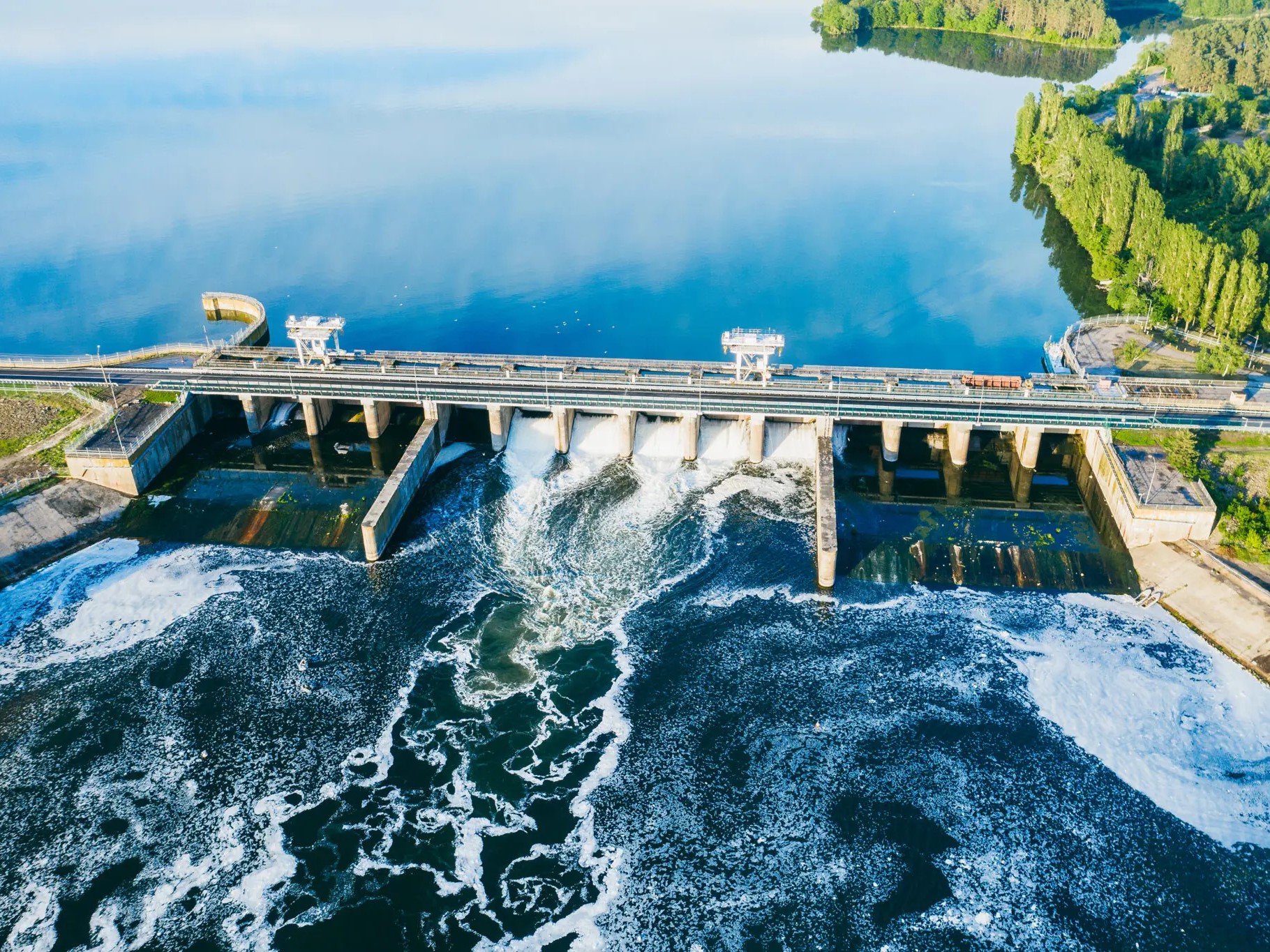

The heavy rainfall and snowfall in the first part of the year in northern Italy did not only cause damage-although extensive and serious, for example in Piedmont and Aosta Valley-but also had the effect of increasing the production of hydroelectric power, that is, power produced by harnessing the energy of large masses of moving water.
So far in 2024 there has been an overall 80.7% increase in production nationwide compared to the same period last year. In May, 52.5% of electricity demand came from renewable energy sources, partly due to a higher contribution from hydropower, which was more than one-third higher than in May 2023.
These exceptional increases, however, are the result of strong unevenness across the territory: power plants in northern regions are going strong due to the intense rainfall in recent weeks, while in the South some power plants have even been forced to stop due to drought. In fact, compared with the summer of 2023, the weather situation seems to have reversed: in the South, where it had rained last year, there is a severe drought, while in the North there are low temperatures for the average of the period and, above all, heavy rainfall.
The principle of hydropower production has been the same since the late 19th century, when the first plants were built in Lombardy: it is the Alps and partly the Apennines that provide the slopes needed to run the plants at high productivity. In general, a hydroelectric power plant operates through dams and canals along rivers and streams, which form lakes and reservoirs in which water can accumulate. The water is then piped into pipes, also called penstocks, which are located downstream. The pipes carry the water to a hydropower plant where it is used to turn turbines connected to generators, which produce electricity and feed it into the grid.
You may be interested
-
«Così costruirò il primo parco sotterraneo de...
di Alessandro Frau Ho scoperto la storia di Lowline, e di Dan Barash, una settima...
-
A forgotten Italian genius: Angelo Dalle Moll...
Oftentimes we are happy to tell stories about an Italian genius almost unknown to the gene...
-
After loss of its only solar manufacturer, N....
When MX Solar USA, the U.S. subsidiary of an Italian solar panel manufacturer, ceased prod...
-
Alessandro Volta and how Electricity Found it...
No invention attracted and frightened humanity as much as electricity, and one of its earl...
-
An Italian sleek heating revolution through g...
A breakthrough in sustainable heating is emerging from Italy. Researchers at BeDimensional...
-
Artificial leaf can produce 40 volts of elect...
Researchers in Italy have engineered an artificial leaf that can be embedded within plants...
-
Basilicata, the region that gives free gas to...
Since the beginning of the war in Ukraine, the energy issue has been one of the most debat...
-
Boston: Inaugurato il nuovo Enel Innovation H...
È stato inaugurato nei giorni scorsi a Boston il nuovo Enel Innovation Hub, ospitato all’i...










